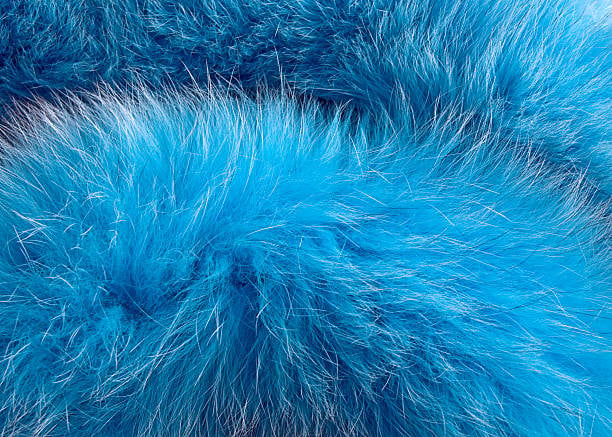Table of Contents

The Difference Between Faux Fur and Real Fur
Introduction: Understanding the Distinction
Fur has been a luxury material used in various industries for centuries. However, in recent years, concerns about animal welfare and sustainability have brought faux fur into the spotlight. This article will delve into the differences between faux fur and real fur, exploring their production processes, environmental impact, ethical considerations, and more.
1. The Production Process
The production processes for faux fur and real fur are vastly different. Faux fur is typically made from synthetic materials such as acrylic, polyester, or modacrylic. These fibers are woven into a fabric base to mimic the appearance and texture of real fur. Real fur, on the other hand, involves the harvesting of animal pelts. This process involves trapping or farming animals, followed by skinning, tanning, and treating their fur to create products.
2. Environmental Impact
Faux fur is generally regarded as more environmentally friendly than real fur. The production of synthetic fibers for faux fur requires fewer resources, such as water and land, compared to raising animals for fur. Additionally, the chemicals used in tanning real fur can be harmful to the environment if not properly managed. Faux fur also avoids contributing to the demand for animal farming, which has its own environmental consequences, including deforestation and greenhouse gas emissions.
3. Ethical Considerations
One of the primary reasons people choose faux fur over real fur is the ethical aspect. Real fur production often involves the use of inhumane trapping methods and the confinement and mistreatment of animals on fur farms. In contrast, faux fur allows consumers to enjoy the look and feel of fur without supporting the exploitation and suffering of animals. However, it's important to note that not all faux fur is ethically produced, as some manufacturers may use cheap labor or harmful chemicals.
4. Durability and Longevity
Faux fur is generally considered to be less durable and long-lasting compared to real fur. Real fur has natural properties that make it resistant to wear and tear, and it can be passed down through generations with proper care. Faux fur, being made from synthetic materials, is more prone to shedding, matting, and deteriorating over time. However, advancements in technology have led to the development of higher-quality faux fur that closely resembles the durability and longevity of real fur.
5. Variety and Availability
Faux fur offers a wide range of options in terms of colors, patterns, and styles. Manufacturers can easily create faux fur with unique characteristics, allowing for greater variety and availability in the market. Real fur, on the other hand, is limited by the natural colors and patterns of the animal species it comes from. Additionally, real fur products are often more expensive and less accessible to the general public due to their exclusivity.
6. Care and Maintenance
The care and maintenance of faux fur and real fur differ significantly. Real fur requires professional cleaning and storage to maintain its quality, as it is susceptible to damage from moths, humidity, and improper handling. Faux fur, on the other hand, can typically be cleaned at home using gentle methods and stored in a regular closet without special precautions. This ease of care makes faux fur a more practical choice for many consumers.
7. Social Perception and Fashion Trends
Public perception and fashion trends have a significant influence on the popularity of faux fur versus real fur. In recent years, there has been a shift towards embracing faux fur as a more socially acceptable and compassionate choice. Many high-end fashion brands and influential figures have publicly denounced real fur, leading to a decrease in its demand and a rise in the popularity of faux fur alternatives.
8. Cost Comparison
When it comes to cost, faux fur is generally more affordable than real fur. Real fur products can be quite expensive due to the labor-intensive production process and the exclusivity associated with luxury items. Faux fur, being a synthetic material, can be mass-produced at lower costs, making it more accessible to a wider range of consumers.
9. Allergies and Sensitivities
Some individuals may have allergies or sensitivities to real fur, which can cause skin irritation or respiratory issues. Faux fur provides a hypoallergenic alternative for those who still want the luxurious look and feel of fur without the associated health risks. However, it's essential to consider that some people may also have sensitivities to the synthetic materials used in faux fur.
10. Sustainability and Innovation
Faux fur offers more opportunities for sustainability and innovation compared to real fur. With advancements in technology and material science, manufacturers can create eco-friendly faux fur options using recycled materials or plant-based fibers. This allows consumers to enjoy the aesthetic appeal of fur while minimizing their environmental impact and supporting sustainable practices.
